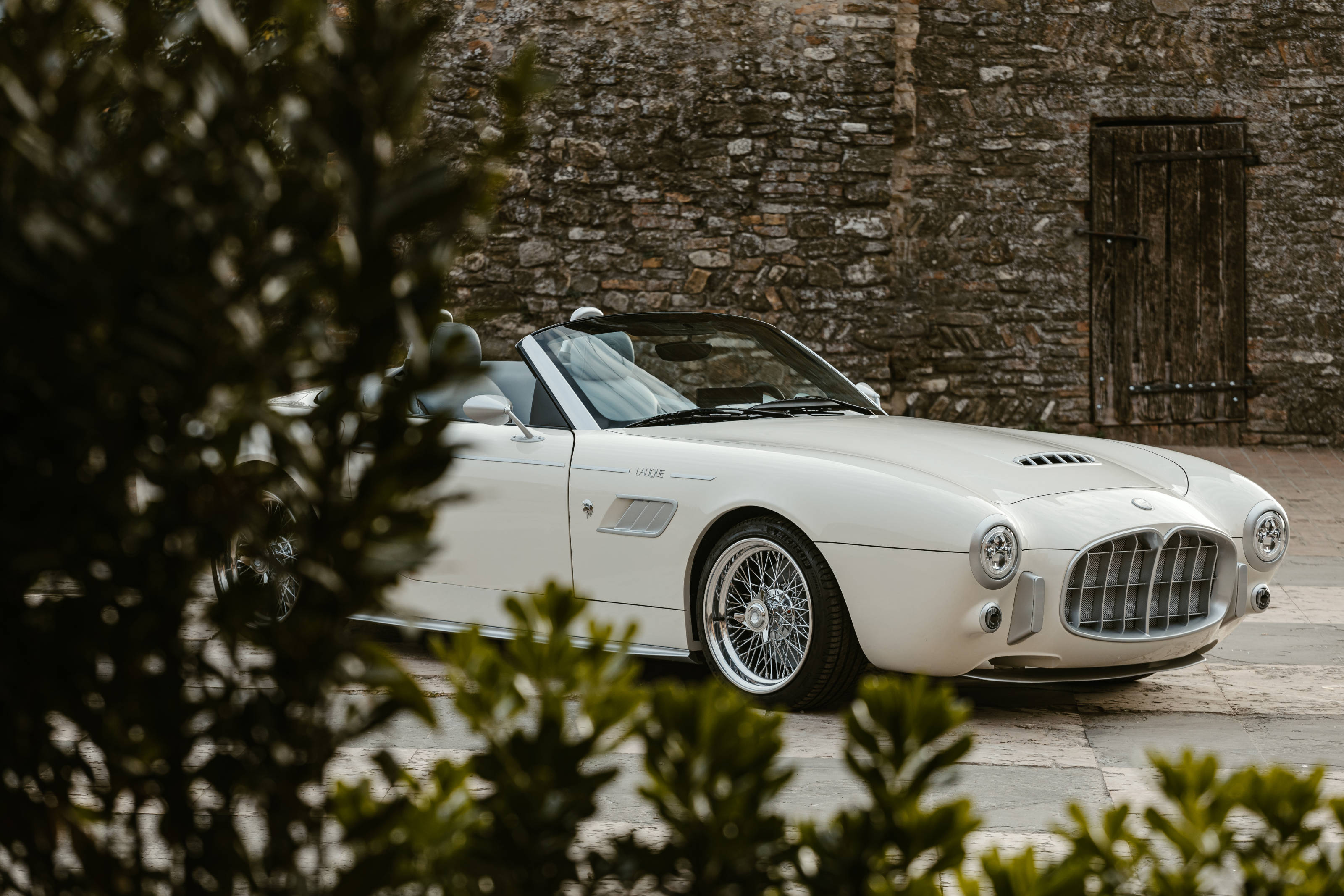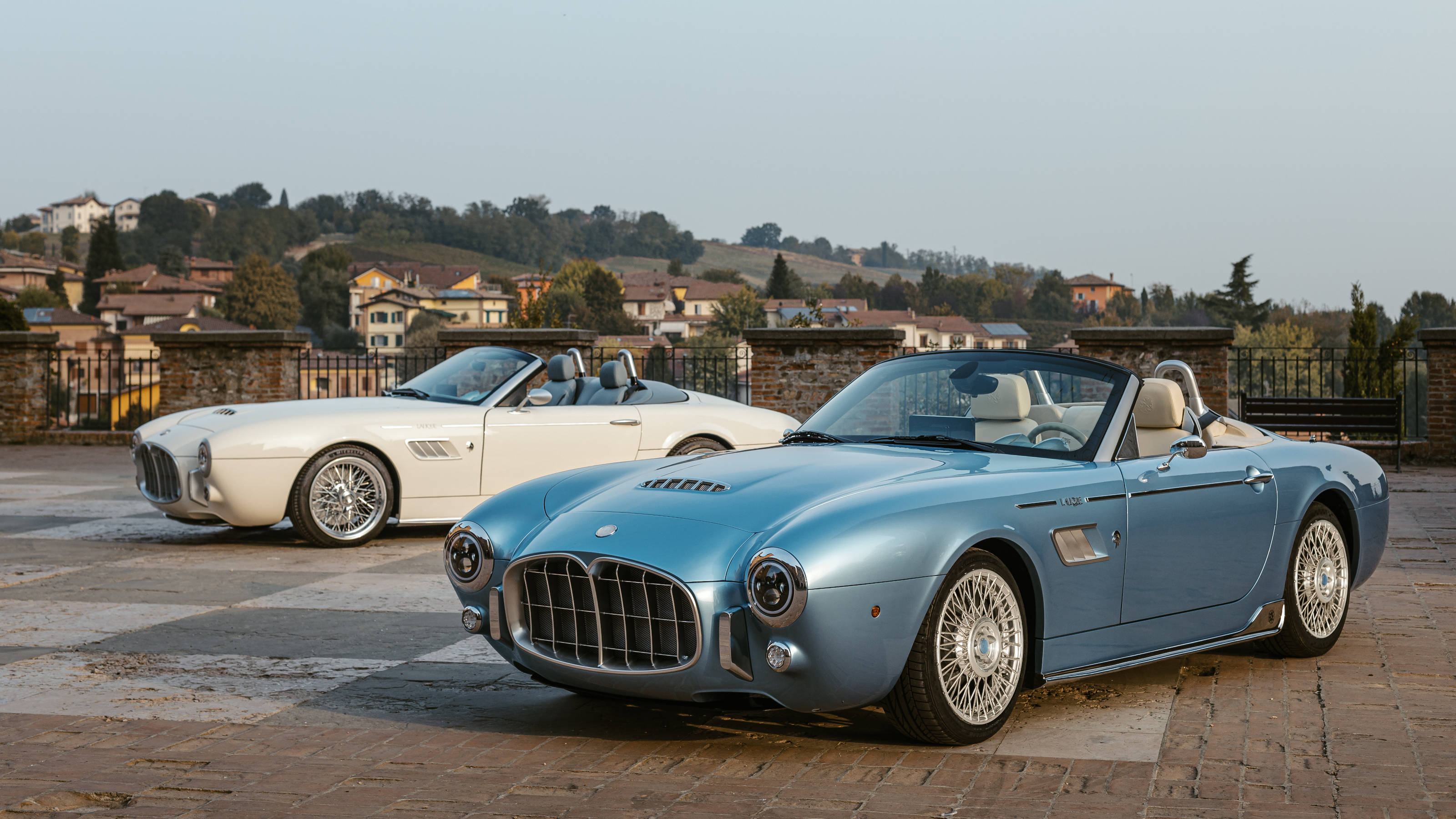
Once upon a time, the art of crafting a bespoke body for car from scratch – otherwise known as coachbuilding – was the norm. Cars were rare, highly personal and prized possessions, and coachbuilders could create exceptional car bodies with their highly skilled teams of designers, panel beaters and engineers. The art peaked in the 1950s and 1960s, an age that gave way to creations like the Ferrari 250 GT California by Pininfarina, the Maserati A6GCS by Frua and the Alfa Romeo Disco Volante by Touring Superleggera.
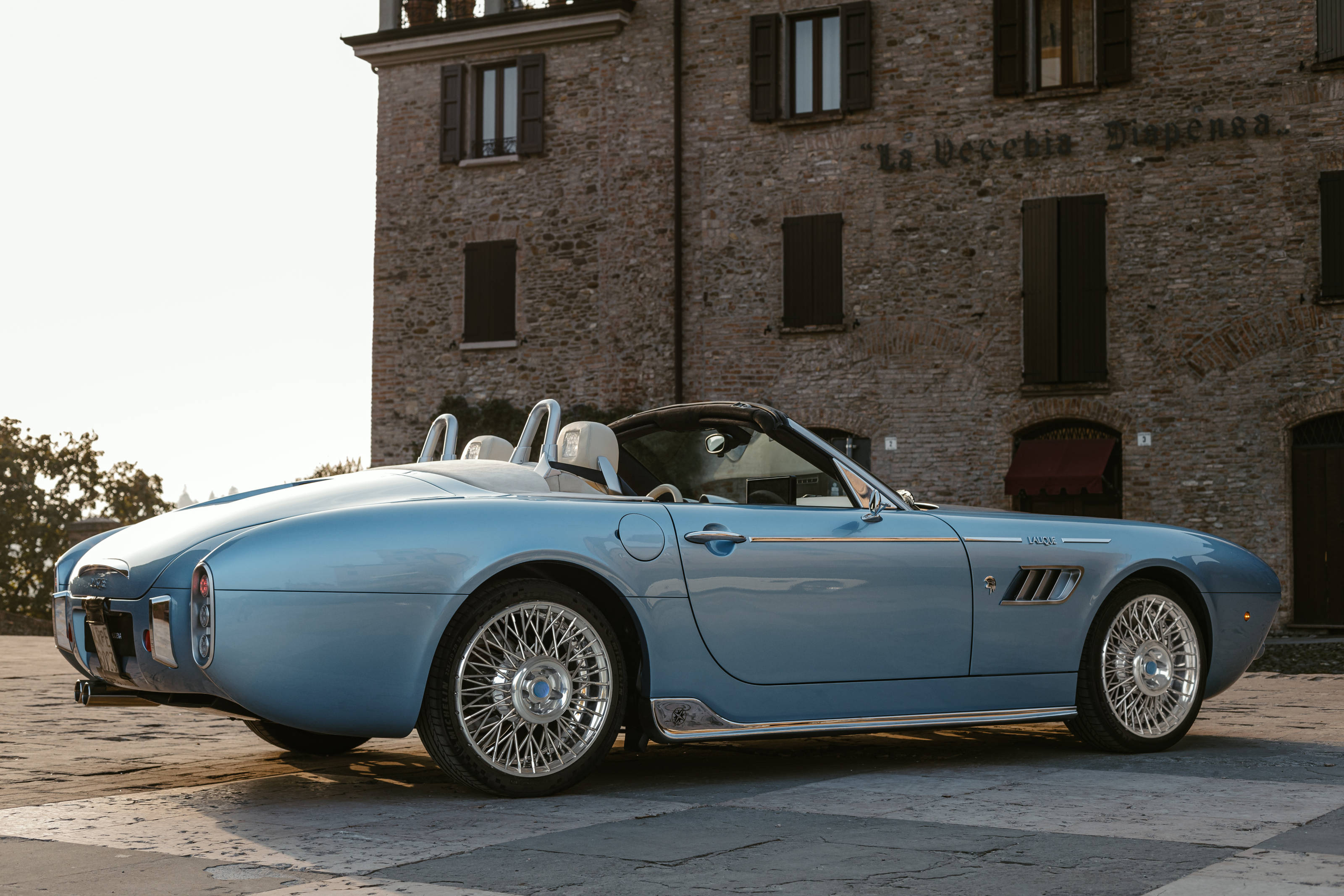
While the move towards mass manufacturing saw the practice decline from the 1970s onwards, coachbuilding is back on the map, largely down to the work of companies like Ares Modena. Based in the heart of Italy’s fabled Motor Valley, Ares was founded in 2014 to bring highly personalised, coachbuilt creations to life, such as its latest, bespoke build – the Ares Wami Lalique Spyder. Behind the Spyder’s unusual name, lies the story of its creation – made in partnership with French crystal maker Lalique, the Wami takes its name from the man who created it, Ares executive chairman Waleed Al Ghafari.
Ares Wami Lalique Spyder

‘As a young child, I was captivated by the cars driven by the film stars in the 1950s and 1960s, during that carefree and wonderful era known to all as La Dolce Vita,’ says Al Ghafari, glancing over at a cream-coloured, pre-production model at the company’s Centro Stile in Modena. ‘It was this admiration that led us to design and develop a car like no other – a retro-styled roadster that not only pays homage to some of the most beautiful cars ever created but one that incorporates remarkable artistry and craftsmanship from Lalique.’
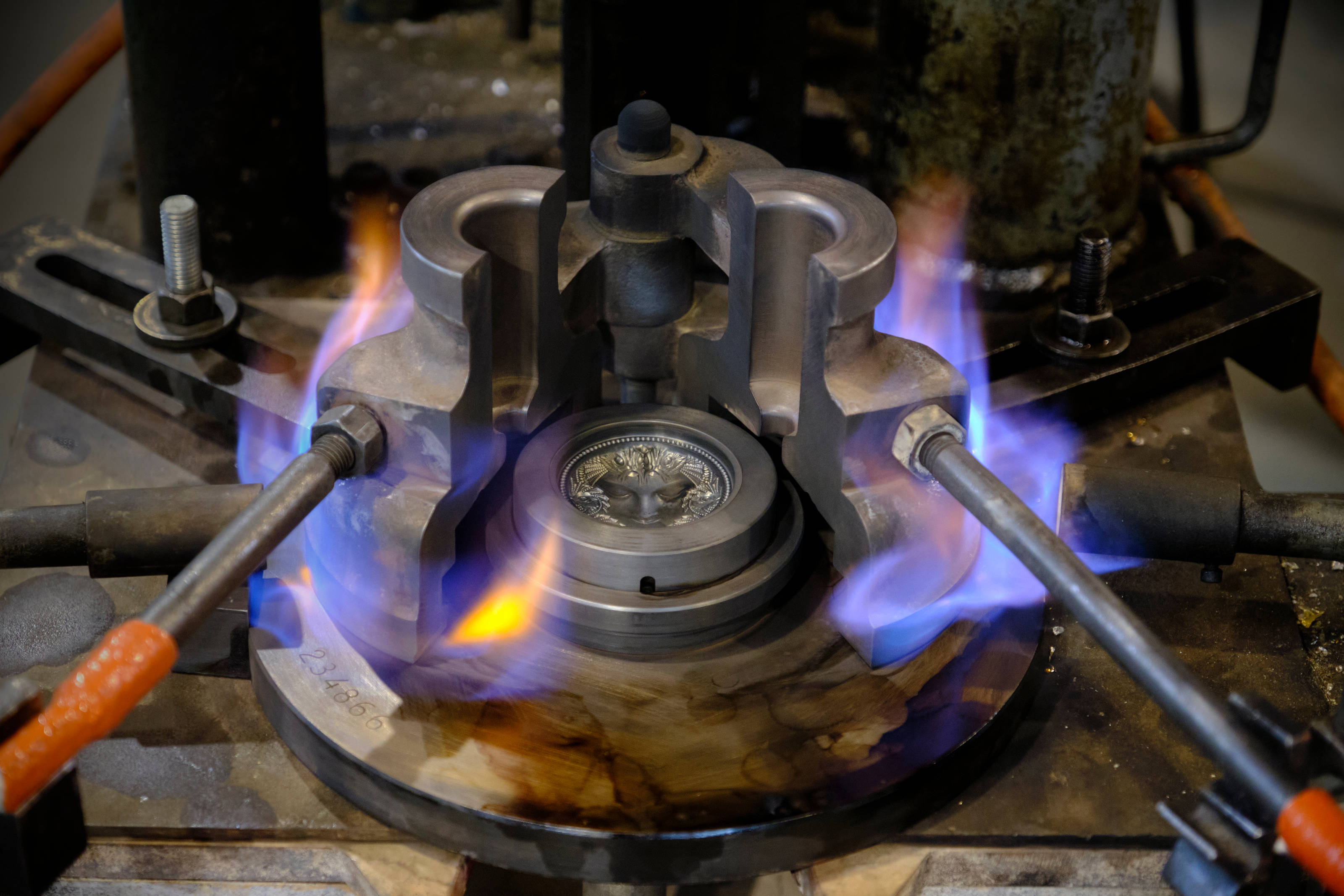
Made in collaboration with Lalique, most of the 13 handcrafted crystals can be found inside the car, embedded into the dashboard, centre console and headrests, while four crystals sit proudly in the middle of the Spyder’s wire wheels. While it’s the first time Lalique has completely outfitted a production car, Lalique’s automotive pedigree is well founded, with the French company responsible for making the detailed crystal mascots that adorned many of Ettore Bugatti’s cars in the 1920s.
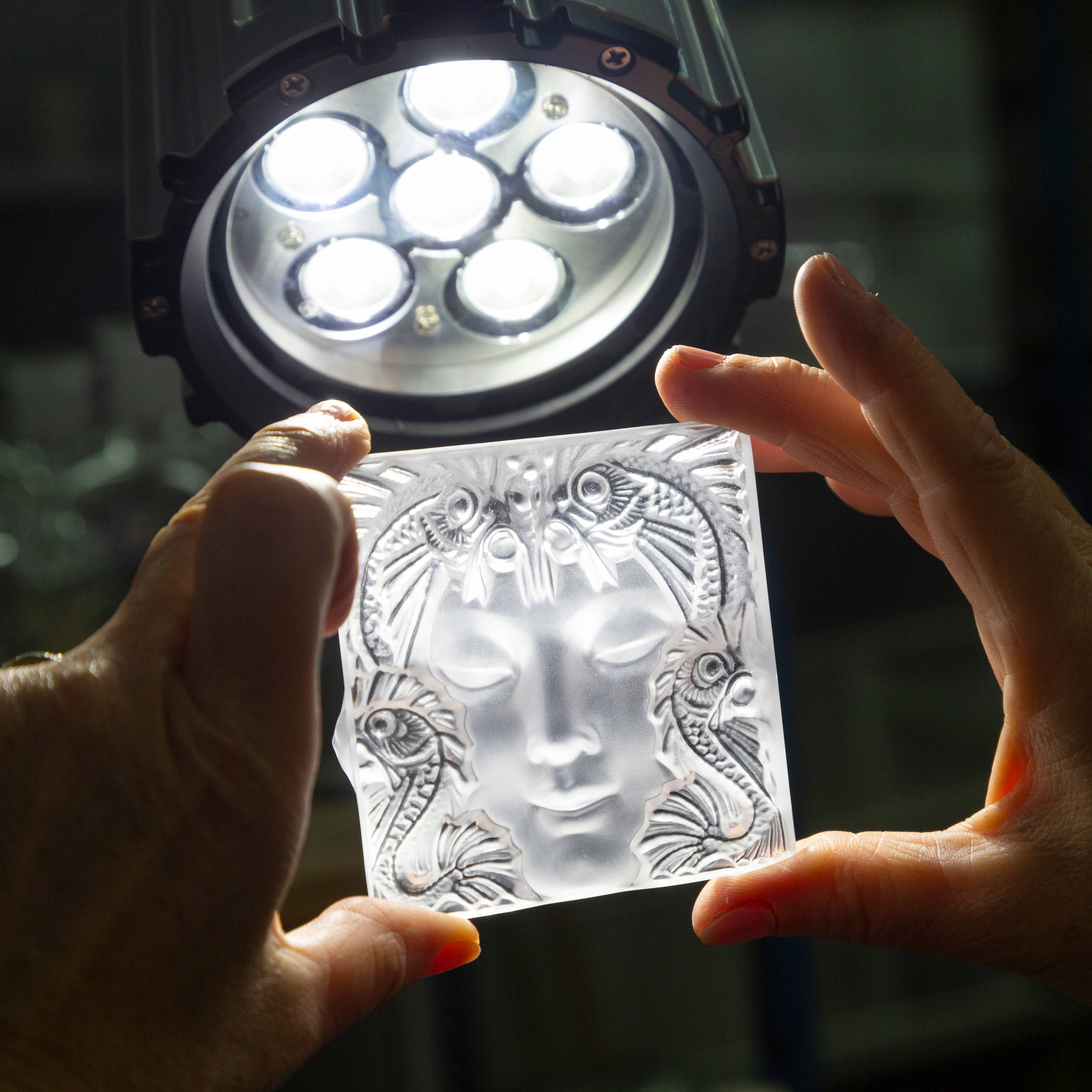
Underneath its coachbuilt, carbon-fibre body lies a naturally aspirated 3.0-litre straight-six engine that puts out 231hp. While it’s no match for any modern-day supercar, the unit was chosen for its character and sound quality, with Al Ghafari opting for an engine that would be sympathetic to the car’s midcentury aesthetic.
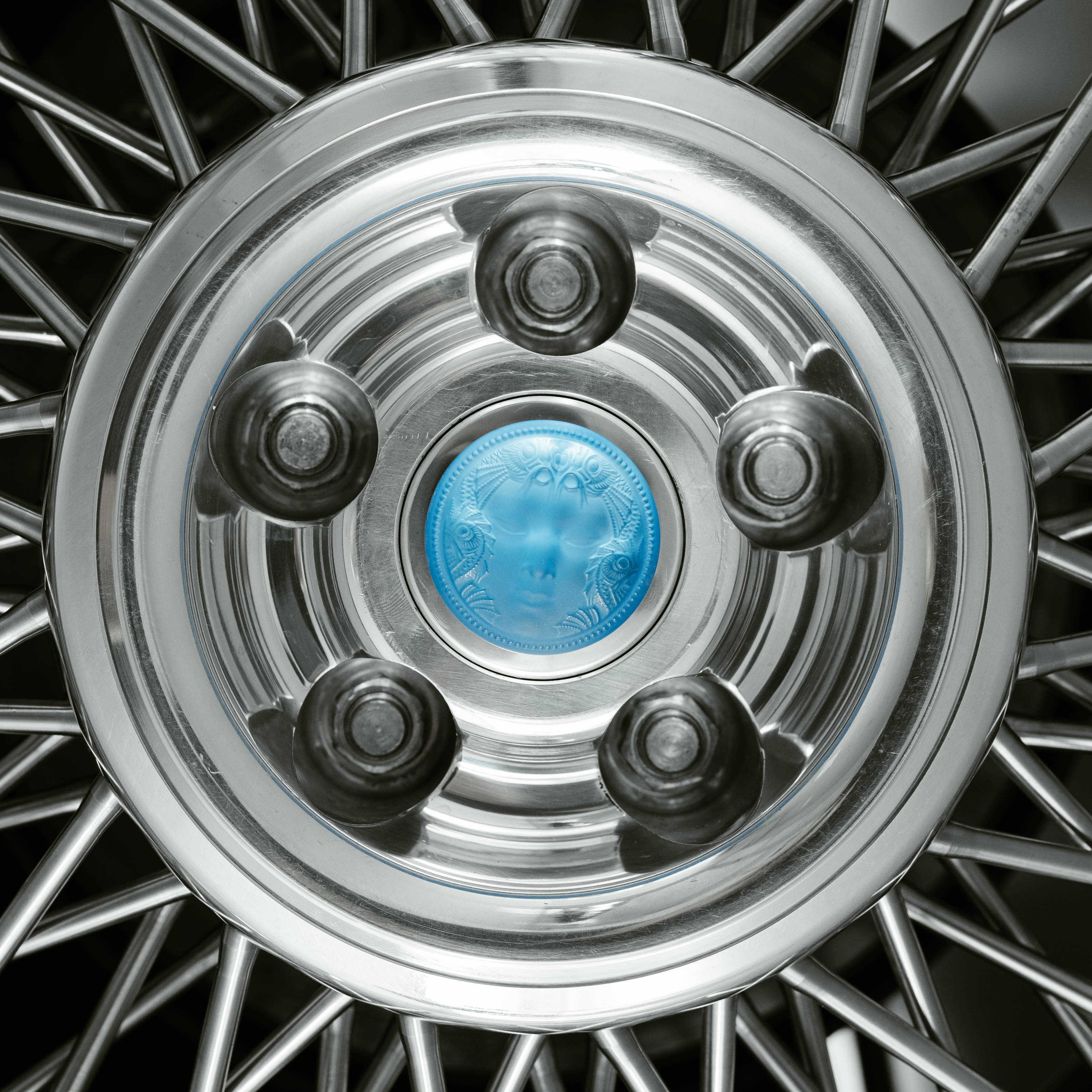
On that note, there’s more than a hint of the Maserati A6GCS Frua about the Spyder, with the front grille designed to reference Al Ghafari’s favourite classic car. From the grille, an unbroken, sweeping shoulder line rounds off rear, where three stacked rear lights resemble that of the Aston Martin DB5 – another Italian-designed classic from the period.
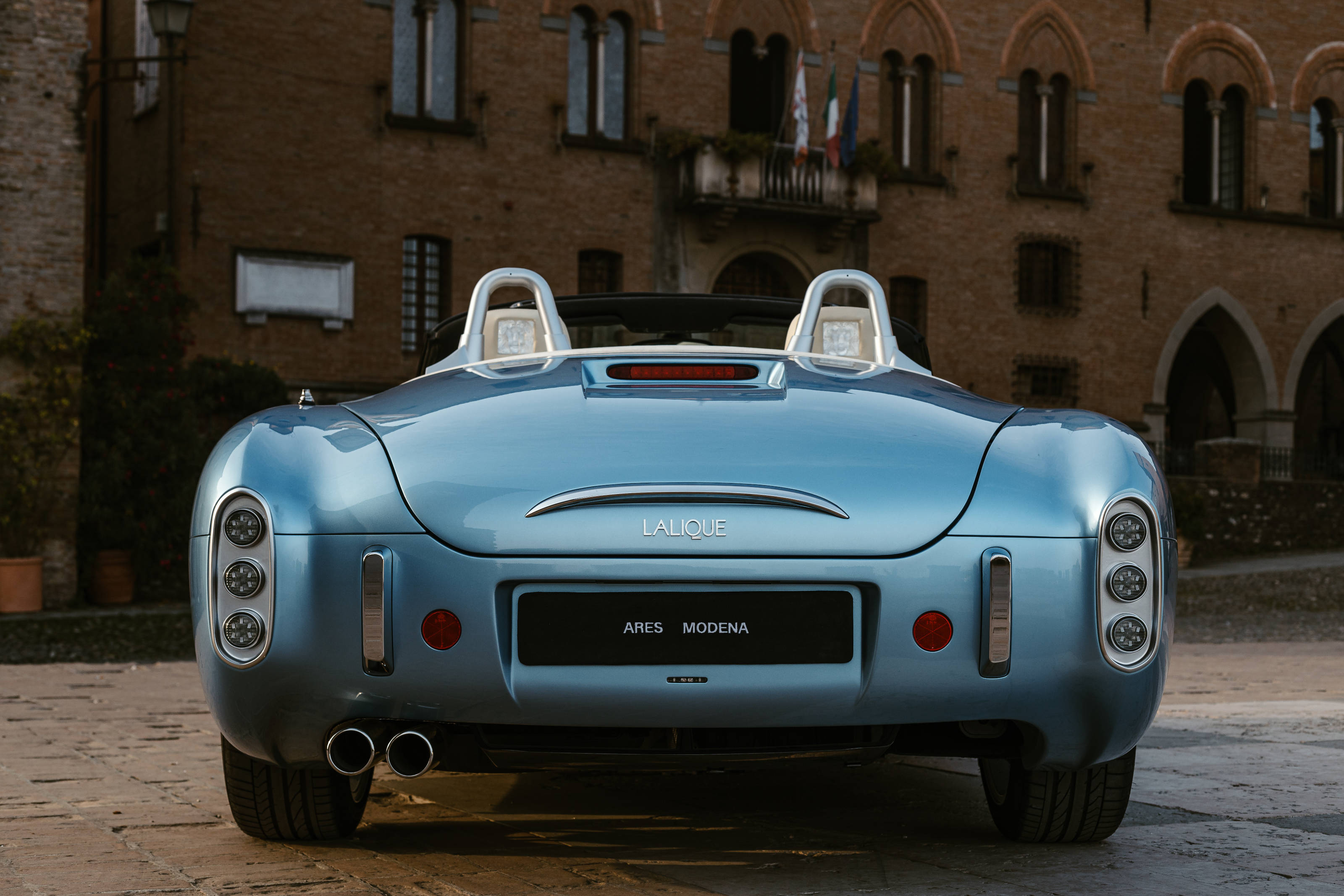
‘Thanks to the perfect marriage between Lalique’s bespoke crystal design and Ares’ high level of excellence in car design and technology, the result of this collaboration is the ultimate luxury accessory,’ says Silvio Denz, Lalique’s chairman and CEO, at the reveal of the production car. ‘This very special collaboration perpetuates the work of René Lalique, whose iconic car mascots were some of his best-known pieces created in the Roaring Twenties.’
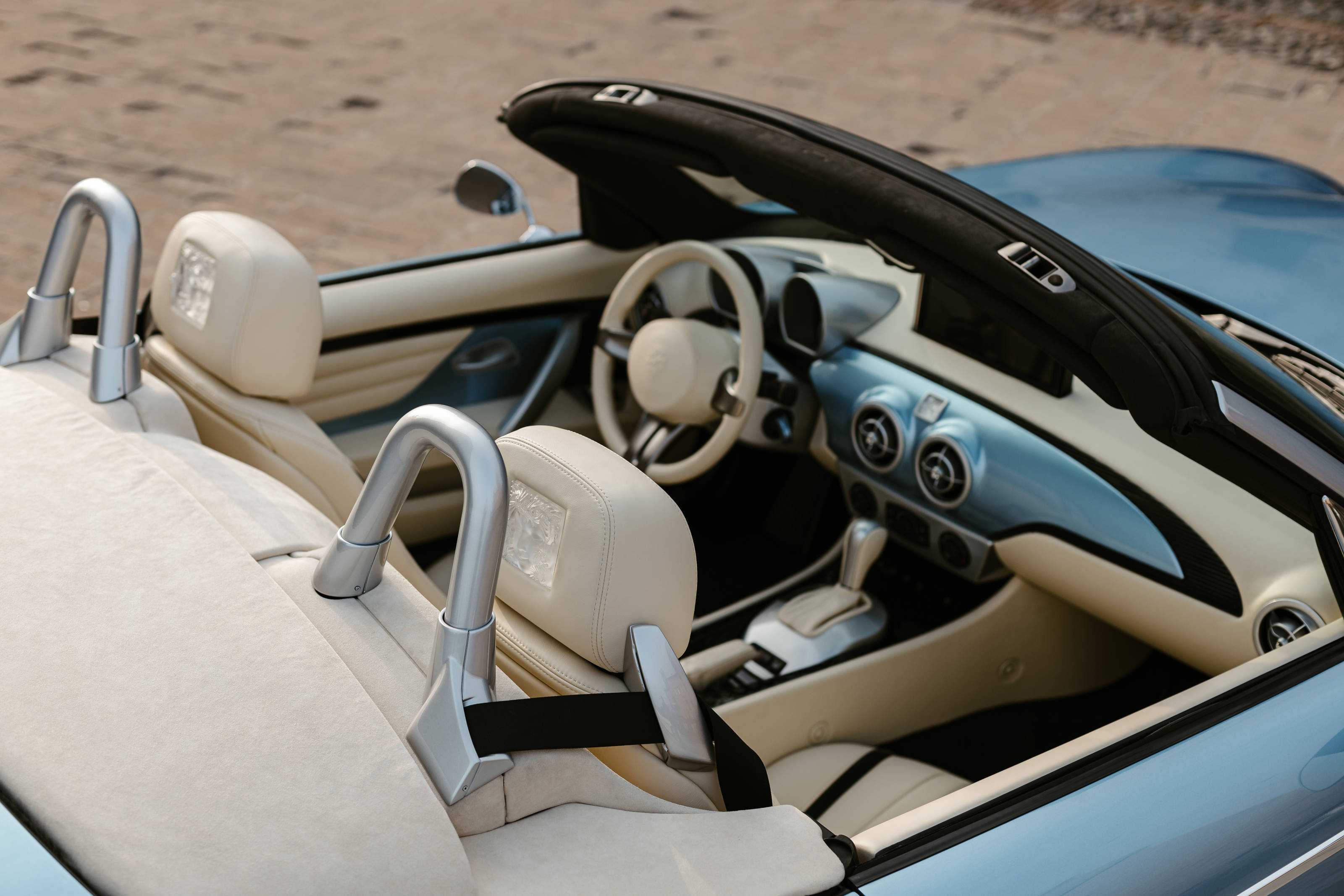
With just 12 examples of the Ares Wami Lalique Spyder planned for production, the company’s latest coachbuilt offering will be a rare sight. Priced just under £400,000 the Spyder comes in only a handful of colours, such as Amalfi Red or Mediterranean Light Blue, to ensure it remains true to the pastel palate of the midcentury cars it emulates.
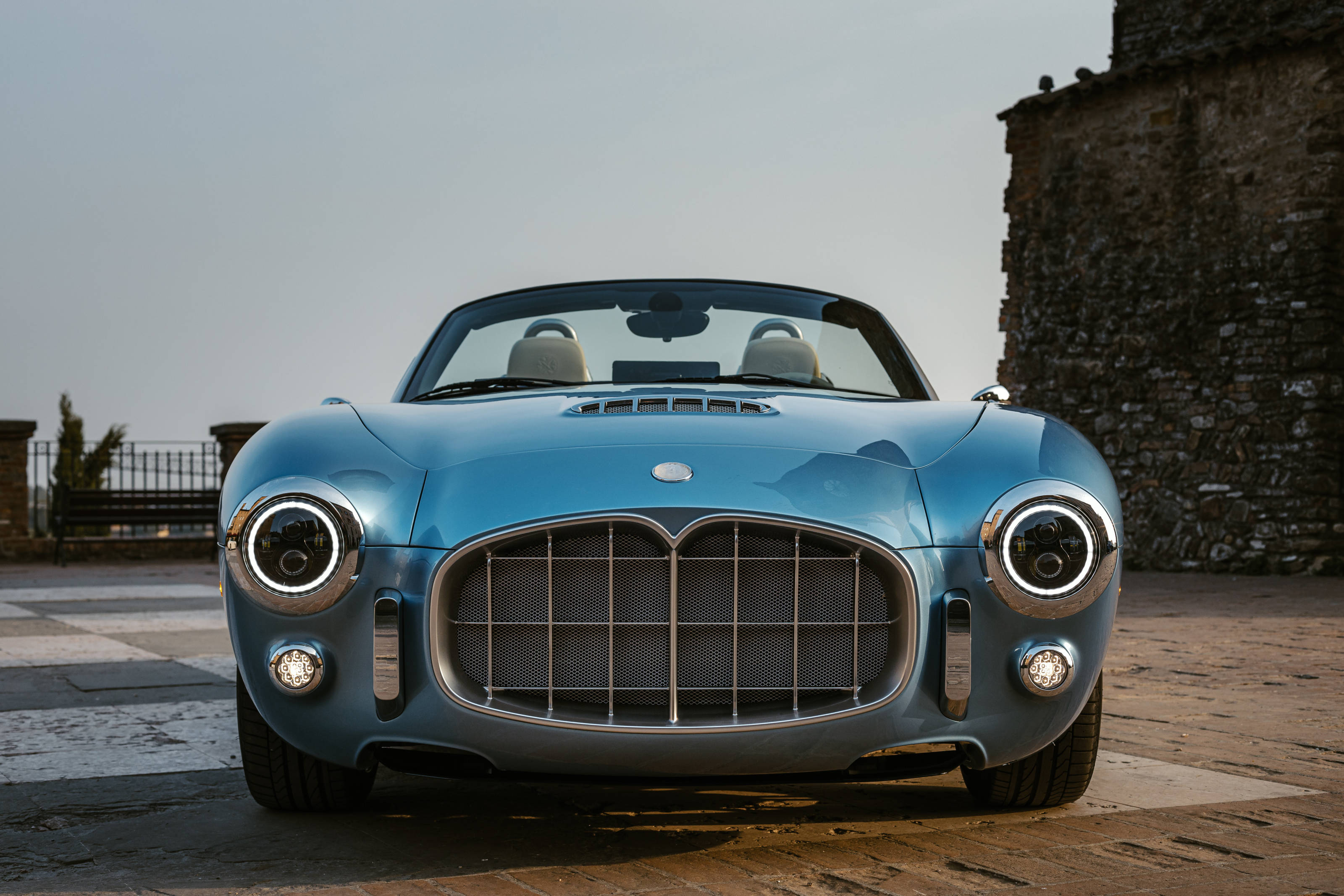
While the Ares Wami Lalique Spyder is a significant purchase, like most of the company’s creations, it’s guaranteed to stand out from the crowd, even in the supercar scenes of Monaco and Modena. With other projects well in the works, Ares’ commitment to coachbuilding is ensuring the art of crafting entirely bespoke automobiles survives well into the future.
